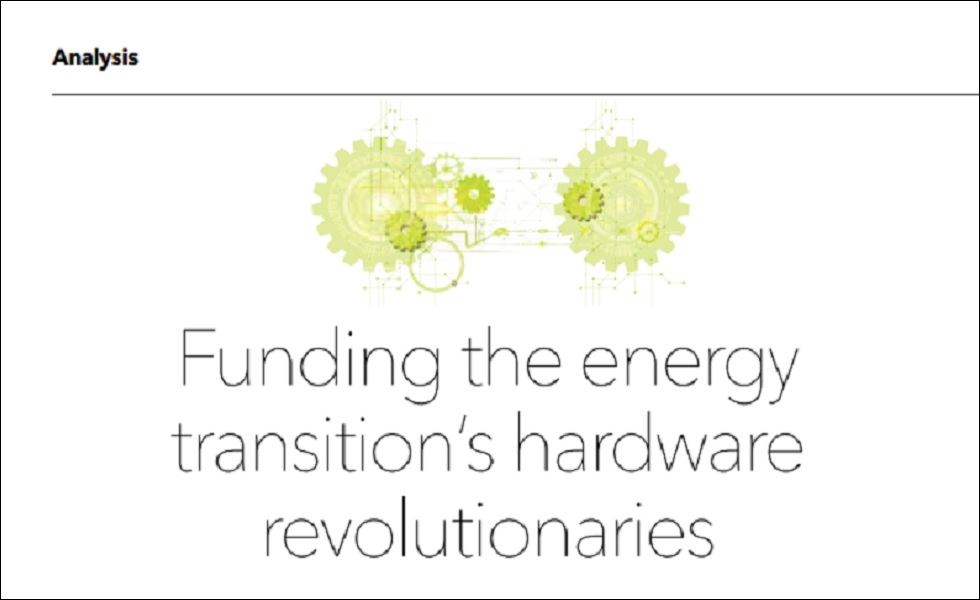Asper: Funding the energy transition’s hardware revolutionaries

To transition to clean energy at the speed and on the scale required, we need to back the engineering companies developing these projects at the growth stage. Asper’s Luigi Pettinicchio and Sarah Ivory of the University of Edinburgh explain how and why.
Throughout the COP26 climate conference in Glasgow last year, we heard messages from heads of state and other leaders along the lines of: “Our addiction to fossil fuels is pushing humanity to the brink. We face a stark choice: Either we stop it – or it stops us...” (UN Secretary-General António Guterres); “There’s no more time to hang back or sit on the fence or argue amongst ourselves. This is a challenge of our collective lifetimes” (US President Joe Biden).
It is clear that rhetoric has boarded the climate train. However, still on the platform all too often are the practical considerations of such change: to what extent do societies need to transform? Which technologies need to go mainstream? At what pace does this need to happen? How can the transition be financed?
Although the scale and urgency of the challenge facing our industry and infrastructure are unprecedented, this type of systemic change is not new. Whether driven by one specifi c machine (the steam engine), a new form of energy (oil), or a new idea (universal suff rage), our societies have a proven ability to drive and ride waves of radical change. Indeed, the digital/software revolution started with microchips and is still profoundly changing our world today.
The parallels between this ‘software’ revolution of recent years and the ‘hardware’ revolution on the near horizon are striking. In this article, we discuss the merits and limitations of these, before concluding with some reflections for the key players in the infrastructure industry: private equity investors, institutional investors, project developers and policymakers. We aim to bring into focus the practicalities of the energy transition and provide a bridge between the grandiose rhetoric we hear and the real change we need to see in the field.
Please click on the link below to read the complete report:
